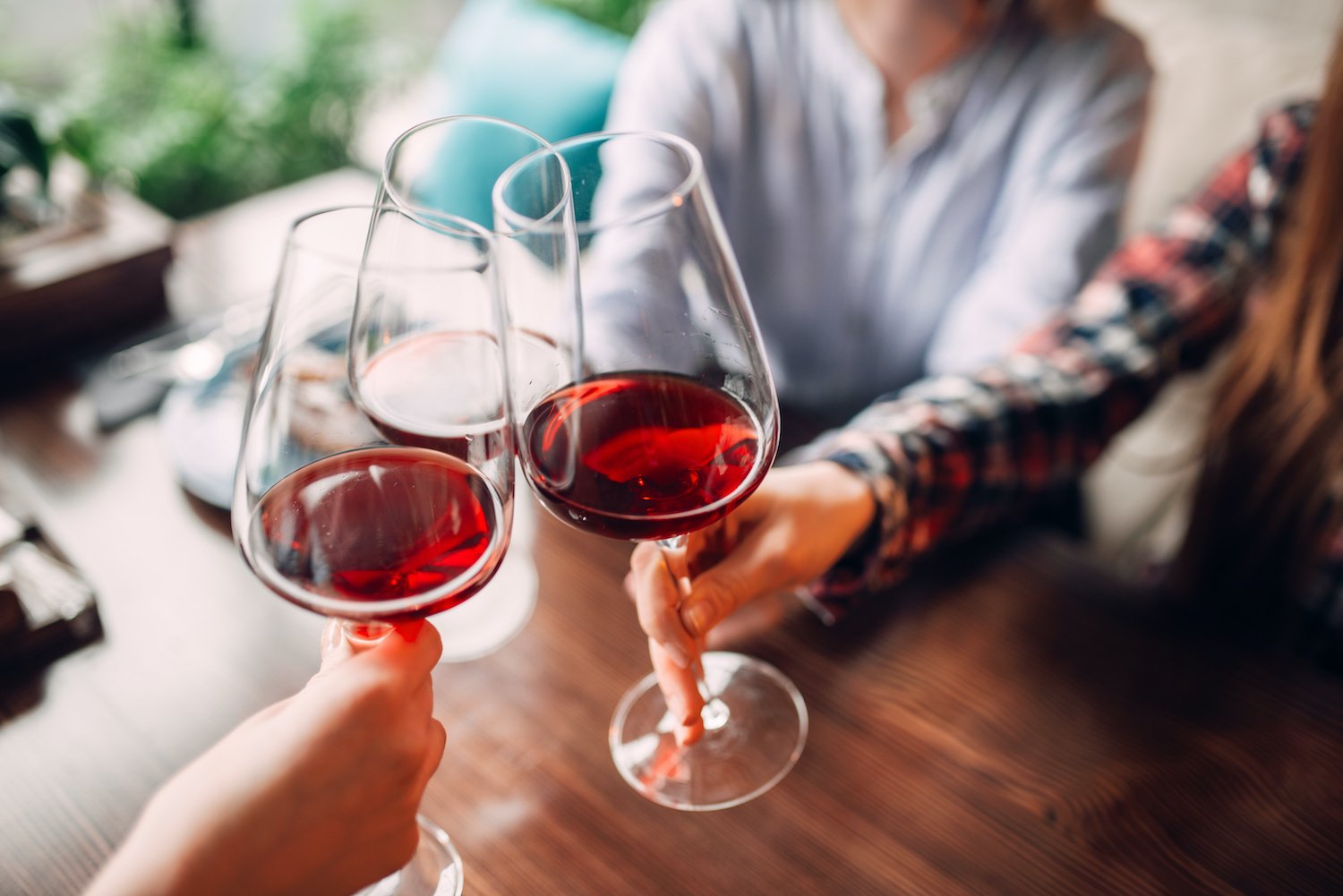Bordeaux, like Champagne, is a regional term that has become synonymous with different varieties of wine. And with good reason, too. Drinking a “Bordeaux” can transport the glass-holder to an idyllic vineyard scene in rural France, rows of Bordeaux grapes stretching into the distance under a hot Bay of Biscay sun. The rich terroir, deep history of the land and generational expertise of the farmers and fermenters are each part of what contributes to its reputation for being one of the most important sites of wine making in the world.
Whether you’re a novice oenophile and want to show off to your friends, or a professional in the alcohol industry who really needs to know their stuff, Bordeaux is a piece of wine history that’s worth learning about. Here, we’re going to provide you with a brief Bordeaux wine guide and talk a little bit about the region, and a lot about the wine it produces.
Where is Bordeaux?
The Bordeaux wine region is a city and broader region on the Atlantic coast of Southern France that has been producing a variety of wines since the time of the Roman empire almost 2000 years ago. The sub-oceanic climate featuring mild winters and sunny summers make it ideal for grape-growing, and its accessibility by both land and sea made export easy once the global popularity of Bordeaux varietals hit a new high in the 12th century.
As a truly ancient wine making region, the Bordeaux regions and the Bordeaux vineyards and chateaux have seen their fair share of trials and tribulations over the centuries including war-created financial instability and an insect infestation which lasted nearly 20 years. The region’s resilience has also lent itself to a colorful and interesting history full of delicious little tidbits that are great for pulling out at a party.
Here are a few fun and fascinating Bordeaux history facts:
- The marriage of Henry Plantagenet and Elanor of Acquitane opened the region up to trade with England, contributing to Bordeaux’s success as a globally-recognized viticultural power house. Bordeaux wine export now involves over 290 million bottles annually.
- The Bordeaux Hound is a muscular and intimidating dog originally bred in Bordeaux to help pull carts and guard livestock.
- Bordeaux is home to 10,000 individual wine-producing vineyards. Thanks for all the work you do, Bordeaux winemakers!
What is Bordeaux Wine
While a Bordeaux wine classification really just means any wine made from grapes grown in Bordeaux vineyards, over 90 percent of Bordeaux is a red blend of Merlot and Cabernet Sauvignon. They are usually medium to full bodied and feature big, bold flavors which are elevated by the dryness of the wine. The Bordeaux wine color in a red ranges from ruby, to almost black.
Bordeaux red wines made from Bordeaux Merlot and a Cabernet Sauvignon are the most typical and most famous varietals to find in a Bordeaux wine, but common blends also include Cabernet Franc, Petit Verdot and Malbec.
While Bordeaux reds are the most famous, the region also produces a number of tasty white wines as well. In the next section, we’ll take a closer look at what some of those are.
Bordeaux Wine Types
Red wines:
- Cabernet Sauvignon: Dry, full-bodied with medium acidity and medium-high tannins.
- Merlot: Very dry, medium-full bodied with medium acidity and medium-high tannins.
- Cabernet Franc: Dry, medium-bodied with medium-high acidity and medium-high tannins.
- Petit Verdot: Dry, full-bodied with high acidity and medium tannins.
- Malbec: Dry, full-bodied with medium-low acidity and medium tannins.
White wines:
- Sauvignon Blanc: Dry, medium-bodied with high acidity and low tannins.
- Semillon: Dry, medium-bodied with medium acidity and low tannins.
- Muscadelle: Sweet, light-bodied with low acidity and low tannins.
Common Tasting Notes of Bordeaux Wines
The tasting notes you will perceive in wine are in part due to the varietal of grape being used, and part where and how the grape is grown. The latter piece is what is known as “terroir,” and part of what makes Bordeaux natural wines so special.
Common Bordeaux wine characteristics in their popular reds include notes of black currant, plum, wet earth, pencil lead and cedar. The flavors are often rich and fruity despite the wine’s dryness.
Blanc Bordeaux Vin de Bordeaux most commonly has tasting notes of grapefruit, yellow and green citrus, lemon curd, gooseberry and herbaceous notes like chamomile tea.
Common Food Pairings with Bordeaux Wine
Food and wine Bordeaux pairing is truly an artform, and done correctly will bring out the best in both the wine and the dish it’s being sipped alongside. Here are a few classic pairings that go exquisitely with Bordeaux wines.
Red Bordeaux wines love to be paired with meats, hearty vegetables, black pepper-forward dishes and anything fatty and rich that might counteract the effects of the wine’s strong tannins. Bordeaux wine producers no doubt drink their own wine with a bowl of provincial beef and potato stew.
White Bordeaux wines are best matched with lighter fair such as white fish, fresh vegetable dishes including salads, and carb-heavy foods like pasta dishes in cream sauce. Bordeaux wine enthusiasts know that the acidity of a white wine is excellent for cutting through the fattiness of butter or heavy cheeses.
How to Serve Bordeaux Wine
Red Bordeaux should be served slightly below room temperature at around 65 degrees fahrenheit or 18 degrees celsius.
Server should decant red Bordeaux for at least 30 minutes before pouring into glasses to give the wine time to breathe.
All red wines should be stored below serving temperature.
You can expect to spend at least 25 to 30 dollars for a really good bottle of Red Bordeaux.



Comments